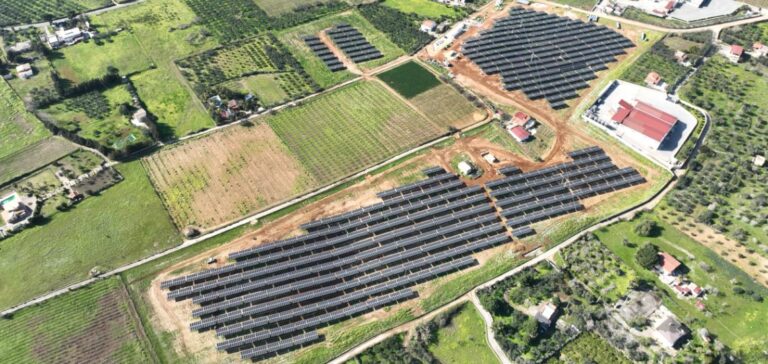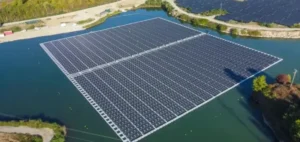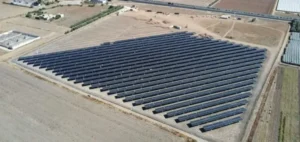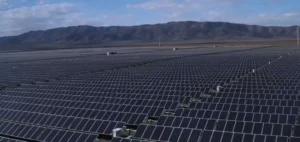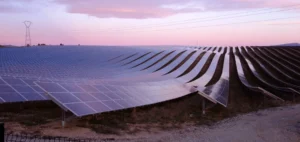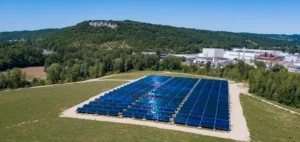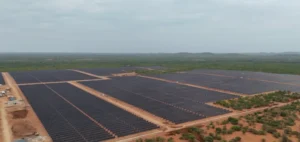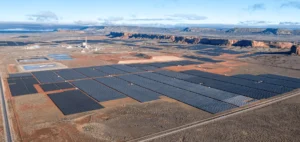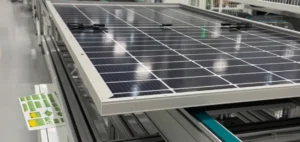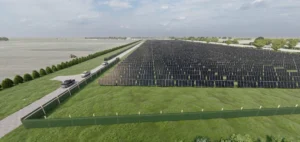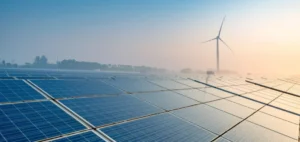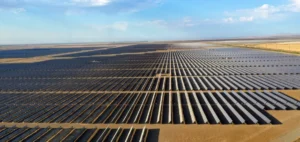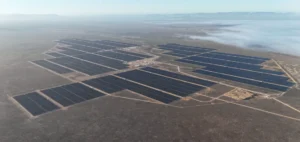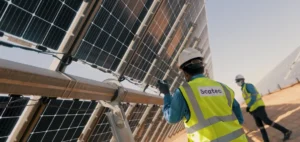RWE has recently commissioned its first solar plant in Italy. Located in Partinico, near Palermo in Sicily, this ground-mounted facility has a capacity of 8.3 megawatts (MW) and features approximately 15,000 bifacial photovoltaic modules. The plant is designed to supply electricity to around 7,000 Italian households.
Optimised use of existing infrastructure
The 16-hectare site benefits from its proximity to an existing RWE substation in Partinico, which is already used by the company’s local wind farms. This configuration allows for efficient integration of the new solar generation into the grid, optimising the use of the existing infrastructure.
Accelerated permitting process
Thanks to the implementation of a new accelerated permitting process in Italy, RWE was able to achieve “Ready to Build” status in less than 18 months. The construction phase of the plant took about ten months, reflecting a remarkable level of efficiency in delivering the project.
Commitment to biodiversity protection
RWE has also installed a wildlife-friendly fence around the plant to ensure safe passage for small animals, such as foxes and rabbits. This voluntary measure demonstrates the company’s commitment to maintaining a positive impact on biodiversity while delivering renewable energy projects.
Strategic expansion in Italy
With this new installation, RWE strengthens its position in the Italian renewables market. The company already operates 16 onshore wind farms in the country, totalling 527 MW of installed capacity. These wind farms provide green electricity to approximately 450,000 Italian households each year. RWE is also currently constructing the 53 MW Mondonuovo wind farm in the Apulia region and developing its first large-scale agrivoltaic projects at Morcone (9.8 MW) and Acquafredda (9.3 MW) in the Campania region.


